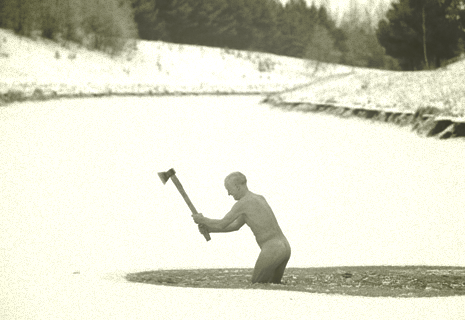I didn't see a section in here for techniques or anything, but I took my 40 out last weekend, and although I am very inexperienced, I had loads of fun! The most interesting and fun for me was the water. We weren't in anything too deep. The deepest brought water halfway up my drivers side door, but I often see videos and pictures of vehicles up to the windshield or even higher!
My question is sort of tri-fold.
a) How do you know how deep the water is, or how hard the bottom is, and what effect does that have on how you navigate the body of water/river/whatever.
b) how do you prepare your vehicle to withstand submerging it in water? I have lots of vacuum leaks so I was worried about mine, but we weren't in anything deep enough luckily to worry about it.
c) In regards to snorkels (which I don't have) and distributors and whatnot, what are the recommendations to make these "waterproof" for this sort of sport?
This was my first time being really out of the house in a while as I recently came down with Bell's Palsy, but I was glad to get out and had a blast! I want to learn more about driving through water.
Oh and a pic from this past weekend:

My question is sort of tri-fold.
a) How do you know how deep the water is, or how hard the bottom is, and what effect does that have on how you navigate the body of water/river/whatever.
b) how do you prepare your vehicle to withstand submerging it in water? I have lots of vacuum leaks so I was worried about mine, but we weren't in anything deep enough luckily to worry about it.
c) In regards to snorkels (which I don't have) and distributors and whatnot, what are the recommendations to make these "waterproof" for this sort of sport?
This was my first time being really out of the house in a while as I recently came down with Bell's Palsy, but I was glad to get out and had a blast! I want to learn more about driving through water.
Oh and a pic from this past weekend:



